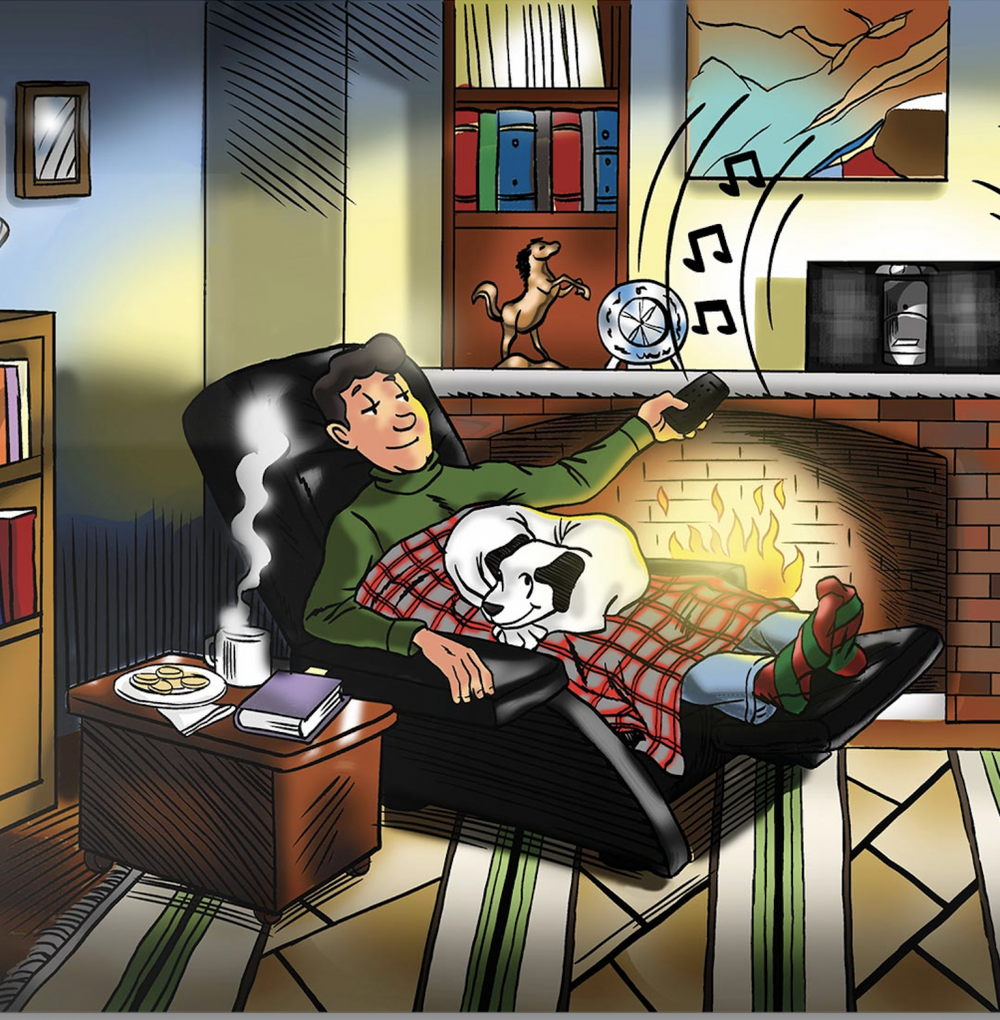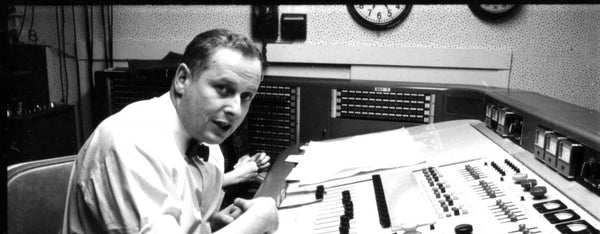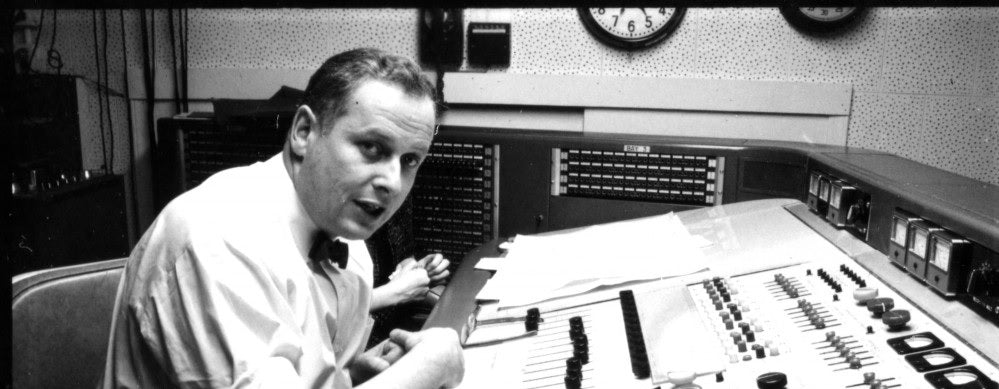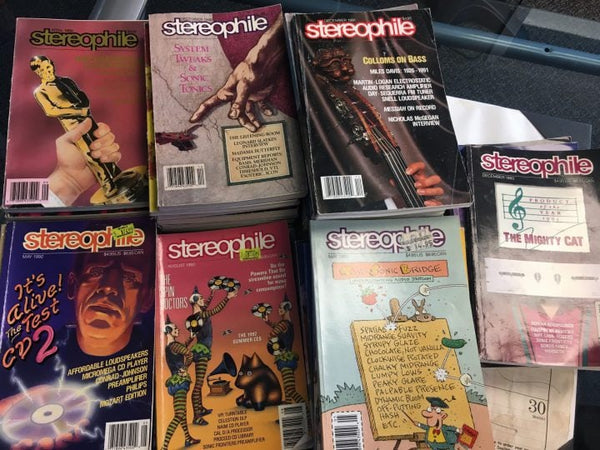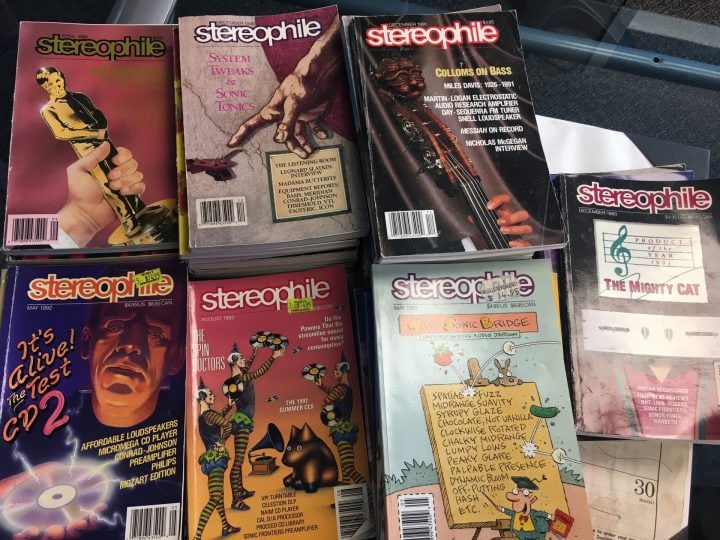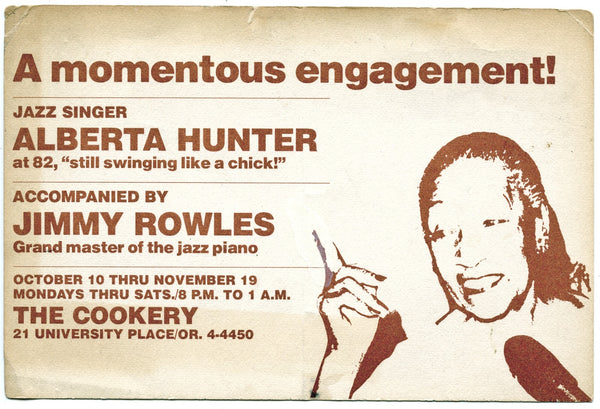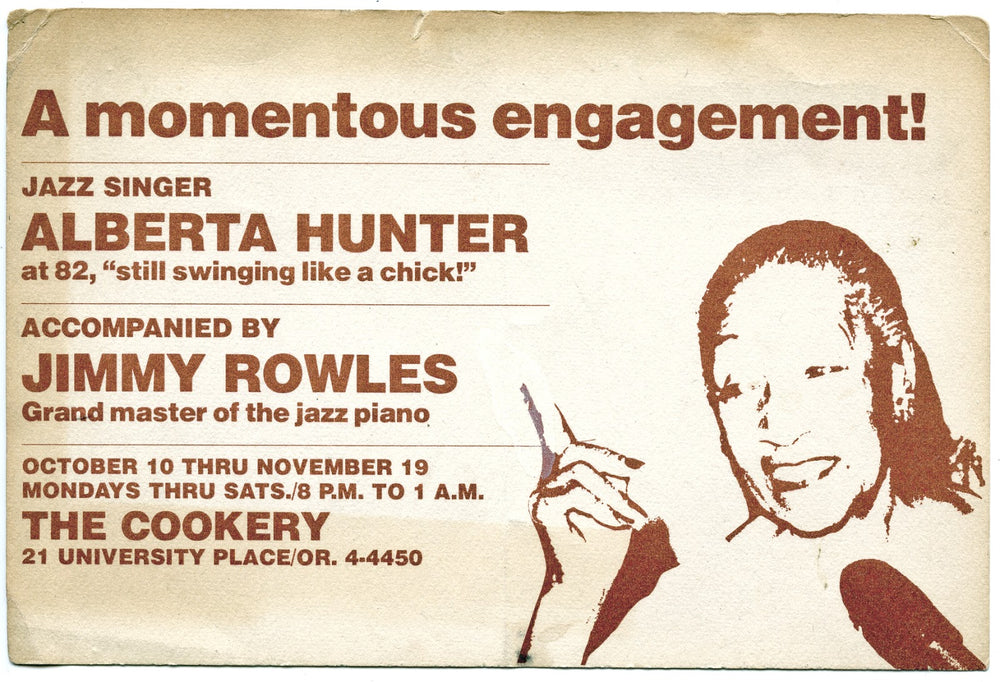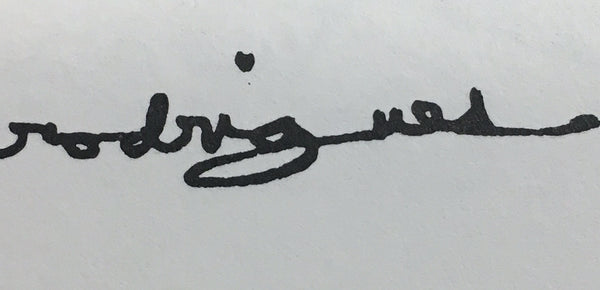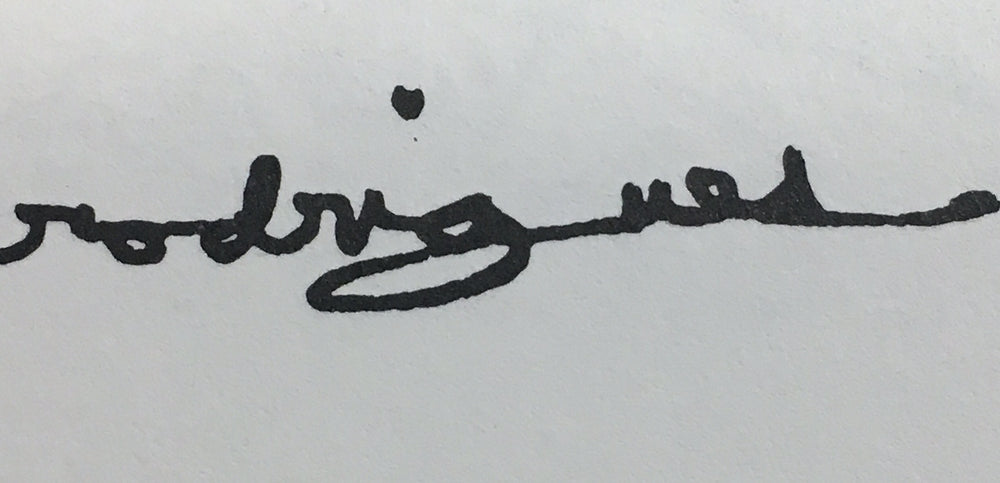We’ve arrived at the finals of the ‘67 Psychedelic Shoot-out!!!
There was no way of knowing how this whole exercise was going to peel out.
It really just started as me ranting about the differences between The Beatles’ Sgt. Pepper’s Lonely Hearts Club Band and the Rolling Stones’ Their Satanic Majesties Request, and grew, as things like this tend to do, into something much larger.
I’m really in awe over this whole exercise.
In awe…really…like, um..why?
Simply because, as a by product of the 60’s counter culture revolution spearheaded by the Beatles, the “psychedelic” movement became the musical foundation of a generation of artists that reacted as if the chains had come off (meaning strictly commercial restraints) and all of a sudden, hundreds, if not thousands of writers, singers and players were now free to explore a new kind of music fueled by psychedelic (read: mind altering) drugs
Many of these artists have gone on to form the musical bedrock and soundtrack of millions of peoples lives around the world.
Here we are 50 years after the the music in this analysis was created and the effect of much of it still reverberates in today’s culture.
I am proud to have come from that era and, more importantly, to have experienced it, in real time.
That kind of impact will not be duplicated in my lifetime.
The era was nothing short of a Zeitgeist.
As important as any of the greatest movements of cultural shape shifting that the world ever experienced!
And…yes, there are many artists from that era that didn’t make this face off so let me give many of them (and yes. I know there are more) my due respect now:
The Who
The Moody Blues
Donovan
The Incredible String Band
The Mothers of Invention
The Fugs
Pearls Before Swine
The Electric Prunes
Captain Beefheart
The Rotary Connection
Fever Tree
Ultimate Spinach
The Strawberry Alarm Clock
The Blues Magoos
13th Floor Elevator
Bonzo Dog Band
Firesign Theater
Velvet Underground
Bob Lynd
Scott Mackenzie
Small Faces
Having said that, I have had an incredible amount of fun revisiting some of the most important records of my youth but find myself almost in awe, as I gave my creative writing soul over to the last 2 albums in the “contest”.
Because, for reasons that have no discernible context, the last 2 albums are actually the most most important (to me) of all.
Simply put, because of all the albums reviewed here, Cream’s Disraeli Gears and Pink Floyd’s Piper At The Gates Of Dawn have either never really left my turntable (in the case of Disraeli Gears) or become diminished as a true psychedelic statement (in the case of Piper At The Gates Of Dawn).
Let us begin…
Cream, Disraeli Gears
If you never watched a Cream documentary you would probably believe that the title of the album was a political statement or deep historical reference of some sort.
Well, neither was the case. It seemed that a “roadie “ for the band, during an early van ride to a gig, was trying to describe his new bicycle to Eric, Ginger and Jack. he wanted to say the it had a Derailleur system that changed gears when you pushed a lever.
In his ignorance he called them disraeli gears. Bingo. The band thought that was the funniest thing that they ever heard. Hence the album title.
Cream. At this point, 1 year in, was at the height of their powers and came to NYC to make a follow up to Fresh Cream and to change their name from “The Cream” To just plain “Cream”.
The name “Cream” referred to the three of them as being the “cream” of the crop of British musicians at the time.
From the minute I put on the album, 50 years ago, It has never left my playlist. I can’t say that about any other of the great albums I listed.
Eric’s playing has always done that to me and this album is so incredible that it just sounds as great today as it did 50 odd years ago. Songs like “Sunshine of your Love”, of course, is a standard, but others like “Dance the Night Away”, “Tales of Brave Ulysses”(which btw, along with “White Room” is actually the stolen chording of the Lovin’ Spoonful’s “Summer In The City”), SWLABR (She Was Like A Bearded Rainbow) “Outside Women’s Blues” and “Take It Back” are all classics but hardly a day ever goes by (that’s 50 years of listening) that I don’t play “Strange Brew”. That song was originally called “Lawdy Mama” and sung by Jack Bruce but Ahmet Ertegun, The president of Atlantic/ Atco believed that Clapton was the star and wanted Eric to sing lead and that it would be the lead single.
Jack’s vocals were removed, the song re-written by their producer Felix Pappalardi and his wife Gail and recut after Jack returned to England (the album was recorded in NYC at Atlantic’s studio on 60th and Broadway). Much to everyone’s surprise, however, The song “Sunshine of Your Love”, sung by Jack, was actually the breakout smash.
So why Eric and not, say, Jimi…
I always thought that Jimi was unattainable. Just so out there.
Eric’s tone was attainable, however, and because he was in reach felt more comfortable to me.
I had seen Cream live earlier in 1967 as an opening band for the Murray The K Easter show at the RKO Theater in Manhattan, along with The Who. (The Young Rascals, Mitch Ryder and Wilson Pickett were the main attractions that night).
I was and still am an unabashed Clapton fan.
The album cover was also a Day-Glo delight and the band played up the whole psychedelic vibe 100%.
As I bought this album with the aforementioned Their Satanic Majesties Request in early December, Disraeli Gears, never left my turntable for long.
A very sentimental favorite but not a musically super psychedelic album per se.
I gave it a Psychedelic Factor: 9 out of 10… because …I can.
And now, at last, the last entrant:
Pink Floyd, Piper At The Gates Of Dawn

This album lies beneath the pile of most Floyd fans who came along for the ride at Dark Side. Maybe you went back to Umma Gumma, the soundtrack for the movie More, or even Saucerful Of Secrets.
Yes, you may have heard the first single “See Emily Play” from the US version of Piper.
Strange, as that single was on the US album and not the British release of PaTGoD.
Floyd already had established cred (in 1966) as the real pied pipers of the British Psych scene, playing dance halls (not sit down concerts per se)
Stranger still, as the band started out as a blues band.
Originally called “The Tea Set”, the band hurriedly changed their name one night when they found out there was another band called The Tea Set. Guitarist Syd Barrett quickly named the band after two favorite blues musicians. Pink Anderson & Floyd Council.
Because they had to play three 90 minutes sets in an evening, they started to jam during the instrumental parts. That is how their sound evolved.
They signed to EMI (The Beatles label) and recorded their first album, PatGoD in the spring of 1967 in studio B of Abbey Road at the same time as the Beatles were finishing up Sgt. Pepper in Studio A.
Of course, none of this was known to me. I was 14 going on 15 during the summer of 1967.
I didn’t even know that this album existed until the spring of 1968 (coincidentally the very same time that I first dropped acid).
One of my best friends, Danny Birch, told me about the band and invited me over to his house to listen to the album.
This I can tell you: I was tripping when I heard it, and thought that nothing, and I mean nothing, sounded so incredible, amazing and otherworldly. Like I was in a sling shot, fired from a launching pad into outer space.
This must be what Interstellar travel sounded like. It was then that I saw the title of the songs “Interstellar Overdrive” & “Astronomy Domine”.
It felt like I was time traveling through the cosmos and injected into the Astral Plane.
Every song was wondrous.
“Lucifer Sam”, “Matilda Mother”, “The Gnome”, “The Scarecrow”.
I couldn’t get enough of this.
I went down to Greenwich Village and found an import store.
I bought the UK album, both mono and stereo because they had different sounding mixes as did the US mono and stereo. This album was not just music but the my soundtrack of LSD pulsing through my veins.
Floyd was coming to the Fillmore in the fall of 1968. I bought tickets but they canceled before I could see them with Syd.
It probably would have sucked anyway, as Syd, by this time, was basically a non-performing zombie on stage. You can see the results of acid on Syd by watching Pink Floyd on American Bandstand shortly before Syd became impossible to work with.
They decided to perform the song “Apples & Oranges” on American Bandstand.
A very strange choice as it wasn’t even released as a single at the time in the US.
But, I digress..
You see, This album was a statement of a mind going where no mind had gone before.
This music on PatGoD was the sound of a meltdown and breakdown happening right before your eyes and ears.
Take the lyrics on the closing track “Bike” for example:
“I’ve got a bike, you can ride it if you like, It’s got a basket, a bell that rings and things to make it look good. I’d give it to you if I could but I borrowed it”
So out there and disconnected to anything I ever heard.
Way more childlike than anything Lennon could conjure up…
And so much more…
I haven’t taken any psychedelics for over 45 years, and yet…I can taste the lysergic acid on my tongue just listening to this album.
So, to capsulize this entire face off, Jimi was pretty straight while recording his amazing guitar-laden sonic debut masterpiece, The Stones mixed the acid with heroin, The Doors had a mega hit & a very dark side, Love gave us astonishing beauty and poetry, The Grateful Dead, in 1967, were just a mediocre garage band (yes they became great but not at this point) , Moby Grape maybe the most talented of the Bay area bands came to play but didn’t get traction, The Jefferson Airplane had bonafide hits, Procol Harum had the international song of the summer of love, Traffic was great and fun to listen to, Cream made a blues/rock masterpiece, The Move had yet to make a full album, The Yardbirds ‘67 entry “Little Games” didn’t live up to the Beck period and that leaves us with Sgt. Pepper and Piper at the Gates of Dawn.
Sgt. Pepper is and was a psychedelic tour de force packaged (as only the Beatles could) in a pop landscape created by George Martin. So meaningful to so many and rightly securing its place as one of the greatest pop albums of all time.
The cover, the production, the songs, the entire legend
This is why I gave it a Psychedelic Factor: 9.9 out of 10.
Pink Floyd’s Piper At the Gates Of Dawn, however, is the sound of brain cells melting down into the abyss of ones cranium.
It stands absolutely alone in the world of truly Psychedelic experimentation.
It never has let me down.
When someone asks me what taking LSD was like, I just tell them to listen to Piper At The Gates Of Dawn.
You either get it…or you don’t.
Pink Floyd’s Debut Album:
The only 10!
RIP Syd…..The Madcap Has the Last Laugh
CASE CLOSED.
[Ooh, boy…I can’t wait to see the comments on this pick! —Ed.]


